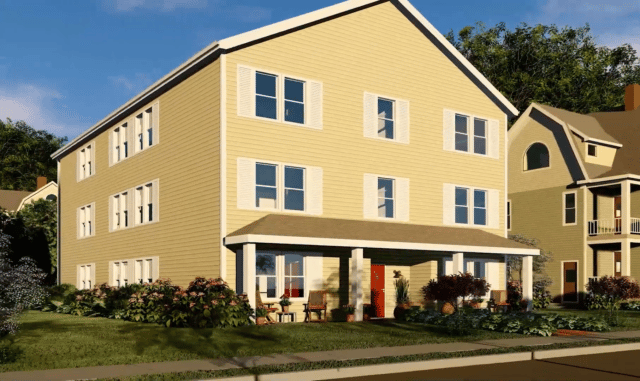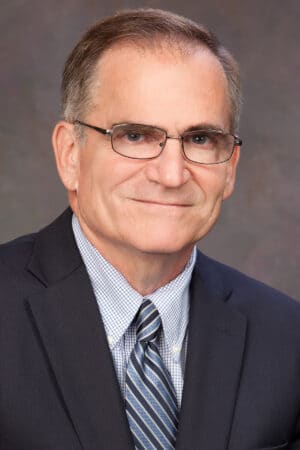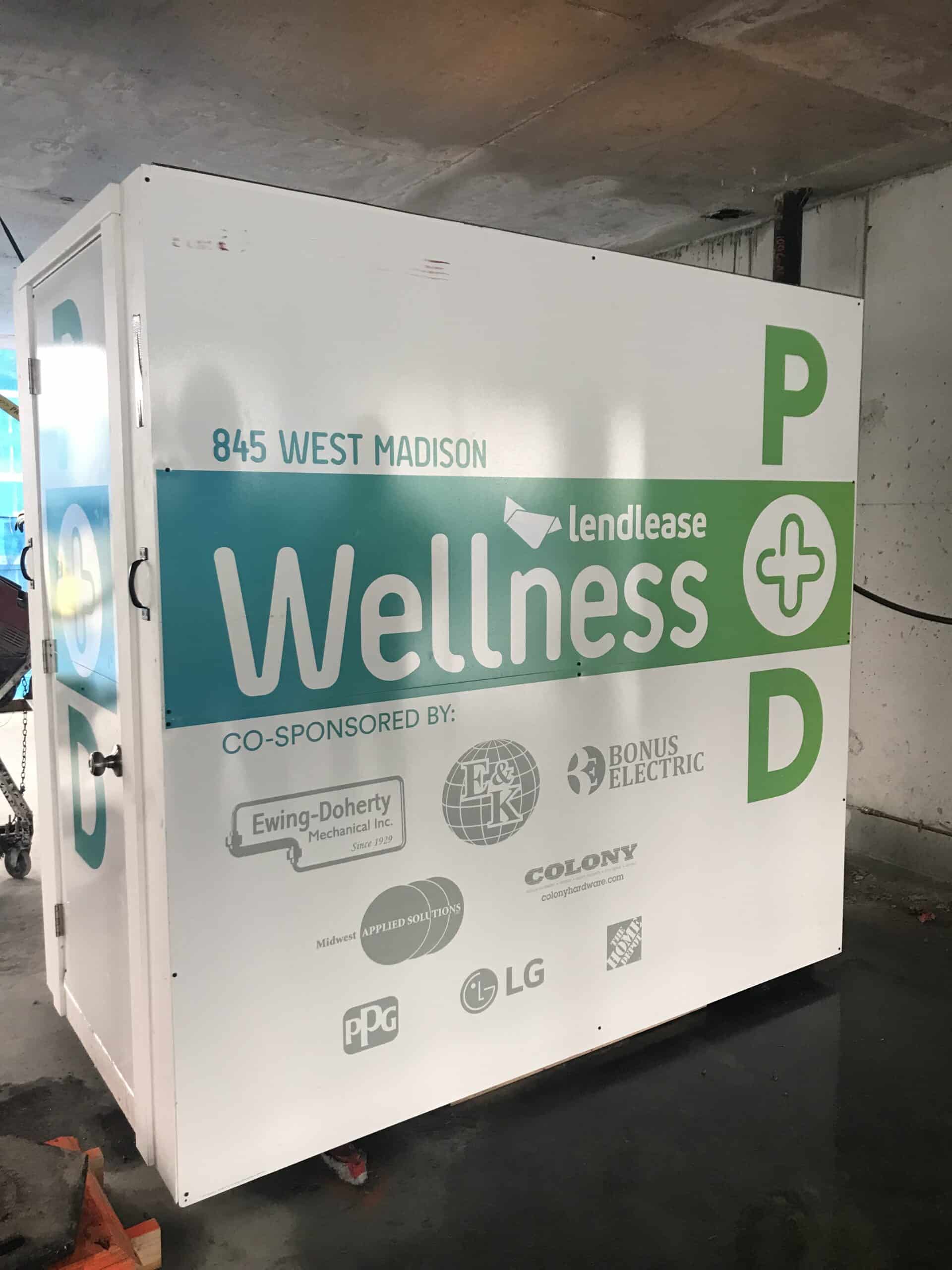Joe Finn
Executive director, Massachusetts Housing & Shelter Alliance
Age: 64
Industry experience: 30 years
During his 30 years working with the homeless, Joe Finn has become a champion of the “housing first” approach: partnering housing with support services for those experiencing homelessness. But the lack of affordable housing and high cost of new construction create barriers to these goals.
A one-time Catholic priest, former Quincy city councilor and executive director for the past 16 years at the Massachusetts Housing and Shelter Alliance, Finn is partnering with a local architect and the Worcester Housing Authority on a new initiative: creating microunits for the chronically homeless. The project is being financed in part through state resources, subsidies from the state voucher program, nonprofit groups and the Health Foundation of Central Massachusetts, which has brought together area banks to provide funding for the project.
Q: How did you get involved in this work?
A: I am former Franciscan, which is a Catholic religious order that is very engaged with issues around poverty and the poor. I left around 1989/1990 for my own personal reasons of faith and conscience and found that this area was natural for me to move into – working around the whole homeless issue. I had started working with the homeless when I was getting ready to leave the Franciscans.
Q: What is the Massachusetts Housing & Shelter Alliance?
A: It started out around 1988 as what was called the Greater Boston Adult Shelter Alliance. It was a group of providers in the Greater Boston area – shelter providers for the most part and some homeless groups. From the beginning, it was never meant to be a trade association; that is, it didn‘t exist to benefit the institutional well–being of its members. It was really focused on trying to stem the flow of people into homelessness and ending homelessness through the creation of the appropriate housing and, where necessary, services that would help support people who had unique disabilities, such as serious mental illness or substance use disorders.
It was really a place where people could gather as agencies and groups and say: What‘s creating this situation? What do we need to be advocating for to make a difference? I think that a lot of the great things that have happened along the way in terms of developing better alternatives really grew out of the efforts and work of this agency.
Q: What is MHSA‘s latest housing initiative?
A: Over time it‘s become apparent that the lack of inventory makes housing [people experiencing homelessness] difficult. One of the real big issues is the cost of construction for the type of housing for the people that we serve. And remember, the people that we serve have nothing. We‘re not talking about affordable housing – we‘re talking about housing for people whose lifelong disabilities have hampered them for so long that the likelihood of them ever being in a place to earn what it takes to support housing is not great.
One of the things that dawned on us is a lot of the housing that gets done around the commonwealth for this population oftentimes is retrofitted, or it‘s rehabs that are being done. They‘re often costly. Even if you‘re doing stick–built types of new construction, it can be incredibly, incredibly costly.
I partnered up with an architect here in Boston, Marc Margulies from Margulies Perruzzi. I can remember doing a project of an old convent where we spent almost $2 million to house 12 people. He was always suggesting: What if we were to do something that we designed specifically for the needs of that population? And I linked up with him again, and we came up with a design and a concept. We call it “A Place to Live.”

The Massachusetts Housing & Shelter Alliance teamed up with architect Marc Margulies to design “A Place to Live,” a modular way to build housing for people experiencing homelessness. Image courtesy of the Massachusetts Housing & Shelter Alliance
Q: What is the concept?
A: It‘s modularly constructed housing for creating microunits, which are small efficiencies that give the person who‘s being housed a level of privacy. A lot of the housing that people have is oftentimes in rooming houses, where people are sharing baths and kitchen space. Particularly with people who have specific disabilities, that oftentimes is where there might be problems created. These small efficiencies could be developed within a framework of an unobtrusive type of housing. It‘s modularly constructed, so they‘re built off–site, trucked in and put together with roughly nine components. And they look fantastic. We‘ve been out pushing this and promoting this, trying to convince the commonwealth that this might be worth a shot.
We have one group, the Worcester Housing Authority, that decided to do this. It‘s absolutely tremendous that the Worcester Housing Authority is committed to creating new units for this disabled population of people with long histories of homelessness. We‘re really talking about units coming in between $80,000 to $100,000 as opposed to $200,000 to $250,000, and so then that allows the developer and the builder to perhaps secure the financing that they need premised on also receiving some assistance in terms of subsidies from the commonwealth. They‘re putting up 24 units plus a space for a live–in manager.
It‘s also designed in a way to be unobtrusive, so it‘s not like a project–type housing but rather something that can fit within certain neighborhoods. It‘s pretty exciting, and the Worcester Housing Authority has titled their project – which I‘m forever grateful to them for – “A Place to Live Worcester.” They‘re indicating that the name is part of the work that we‘ve done with them.
Five Books that Influenced Finn’s Life:
- “Little Flowers of St. Francis,” Ugolino Brunforte
- “The Prison Meditations of Fr. Delp SJ”
- “Les Miserables,” Victor Hugo
- “The Elementary Forms of Religious Life,” Emile Durkheim
- “The Cost of Discipleship,” Dietrich Bonhoeffer




 |
| 


